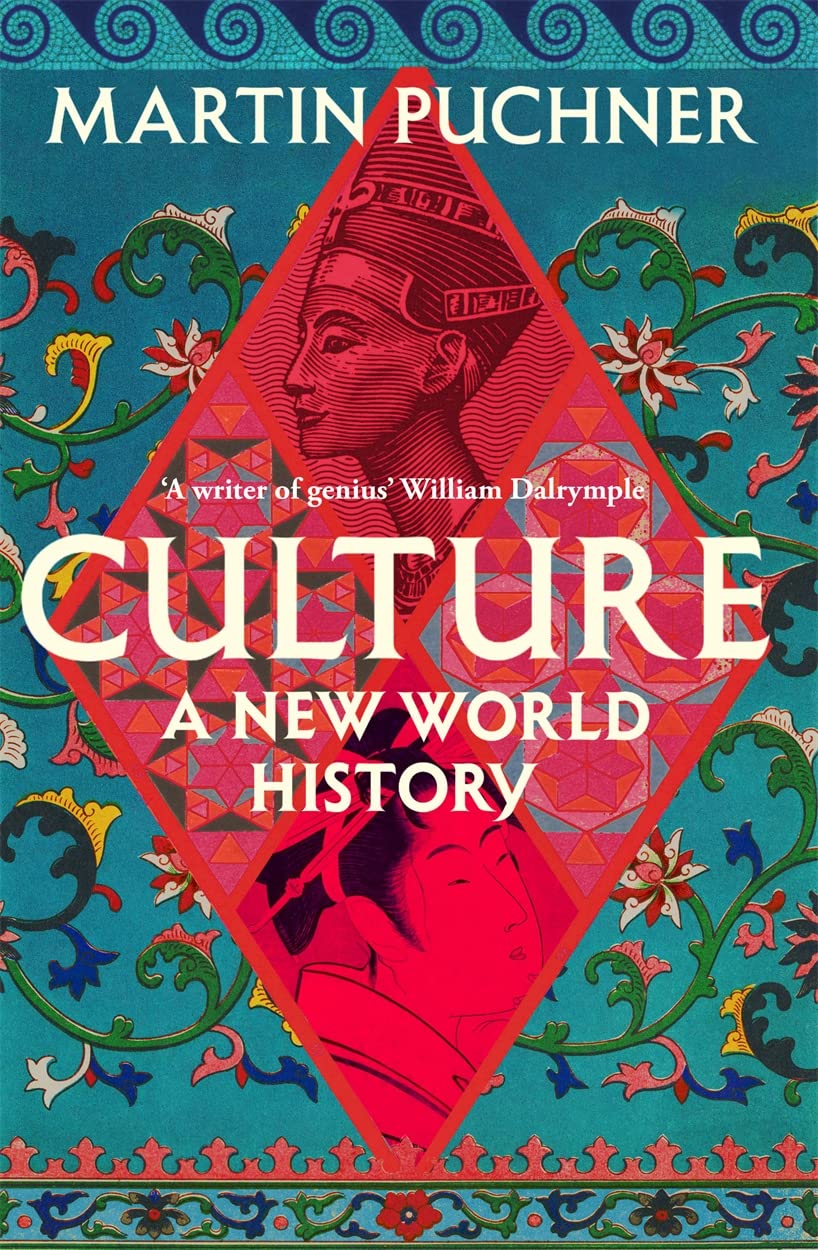Culture: A New World History by Martin Puchner. HarperCollins. Pages 350. Rs 699
Book Title: Culture: A New World History
Author: Martin Puchner
Purushottam Agrawal
This book defining culture as ‘deliberate artistry with remarkable continuity’ as opposed to nature, which is ‘mere evolution’, seeks to present history as an individual and collective ‘meaning making activity’, i.e. culture. Martin Puchner rightly points out that ‘know why’ rather than ‘know how’ is the issue for this ‘meaning making’.
Puchner picks up art objects and literary works over the centuries to weave his narrative of ‘a new world history’, which begins with Chauvet cave (in France) where the humans are believed to have started artistry as a ‘meaning making activity’ 35,000 years ago, and comes to an end with the establishment of a ‘future library’ in 2014.
We meet here the Egyptian queen Nefertiti and her husband, Akhenaten, promoting a new god, Aten, the great hymn to whom is usually attributed to Akhenaten, but “it might also have been written by Nefertiti… In the past, the royal wives played a minor or at least subordinate role in the worship, but Nefertiti’s function in the Aten cult was equal to that of her husband”. In other words, the credit for inventing the Semitic monotheism at least partly goes to her as well.
Puchner’s brief narrative of invention and propagation of monotheism underlines the fact that it is not a divine given or a ‘natural’ evolution. The ideas of culture and codes of conduct have always been intertwined with the concept of divinity in all human communities. These concepts cannot always be translated as ‘religion’; the idea of ‘Dharma’ is a case in point, which was not at all confined to the ‘duties of the king’, not even for the ‘Brahmin priests’, as Puchner seems to think.
Monotheism sought to replace other conceptions of divinity and codes of ethics with a provincial, self-righteous invention. A serious reflection on the break in human culture caused by this aggressively patriarchal concept (mostly through violent means) should have led to serious engagement with those traditions available till now with ‘remarkable continuity’ wherein the feminine conception of divinity is as important as the masculine one. After all, Hinduism, unlike Nefertiti’s cult of Aten, is not confined to antiquity. Sadly, it is missing here.
Focusing on art objects and literary works, Puchner makes a welcome, deliberate move to underline women’s contribution in the making of human culture. Along with Plato, Aristotle, Xuanzang, Ibn Sina, Camoes, Ashoka, Charlemagne and Wole Soyinka, the figures of queen of Sheba, Sei Shonagon (Japan, 10th century) and Hildegard (Germany, 11th century) get what is due to them. His narrative starting with Nefertiti comes to an end with Margaret Atwood inaugurating Katie Paterson’s future library project in the Norwegian forest.
But, this welcome move hardly compensates for the basic flaw of this book. Let me explain. Puchner righty holds that culture is all about ‘transplant, graft and borrowing’. Far from the fantasies of purity, the making of culture is about encounters and dialogue and translation is a vehicle of cultural mobility. He concludes his episodic survey thus: “…culture thrives on syncretism, not on purity, on borrowing cultural forms, rather than locking them away.”
He further warns, “Again and again, cultural history shows that it is purists and puritans, those invested in ideas of spotless virtue of whatever stripe, that are more likely to engage in acts of cultural destruction”; hence, “we must choose between isolation or circulation, purity or mixture, possessing culture or sharing it”.
Many of us (certainly in India) are familiar with the expression ‘syncretic culture’, even if some are uncomfortable with it. It refers to a unique cultural process characterised by clash, repression, resistance and yet by coexistence and collaboration in political, economic and cultural spheres. India was the only country in the early modern period where large-scale Muslim presence, in fact an eight-century rule, did not result in the conversion of the entire population. Neither were the Muslims expelled and Islamic influence eradicated later on, as happened in Spain. The interaction of Islamic tradition with the pre-Islamic ones in India led to the emergence of new mixed forms and themes in architecture, painting, literature and music; also, a magnificent translation project spread over several centuries. Most importantly, it led to unprecedented innovations in religiosity, daring enough to imagine a non-denominational concept of divinity. It even led to the emergence of a new syncretic language — Urdu, and as everybody knows, a language is the most durable repository of a cultural legacy.
The early modern South Asia provides the most exciting exemplar of Puchner’s own paradigm, and yet in this ‘new world history’, it is conspicuous by its total absence, which makes it marred by utopia, tall claims notwithstanding.














